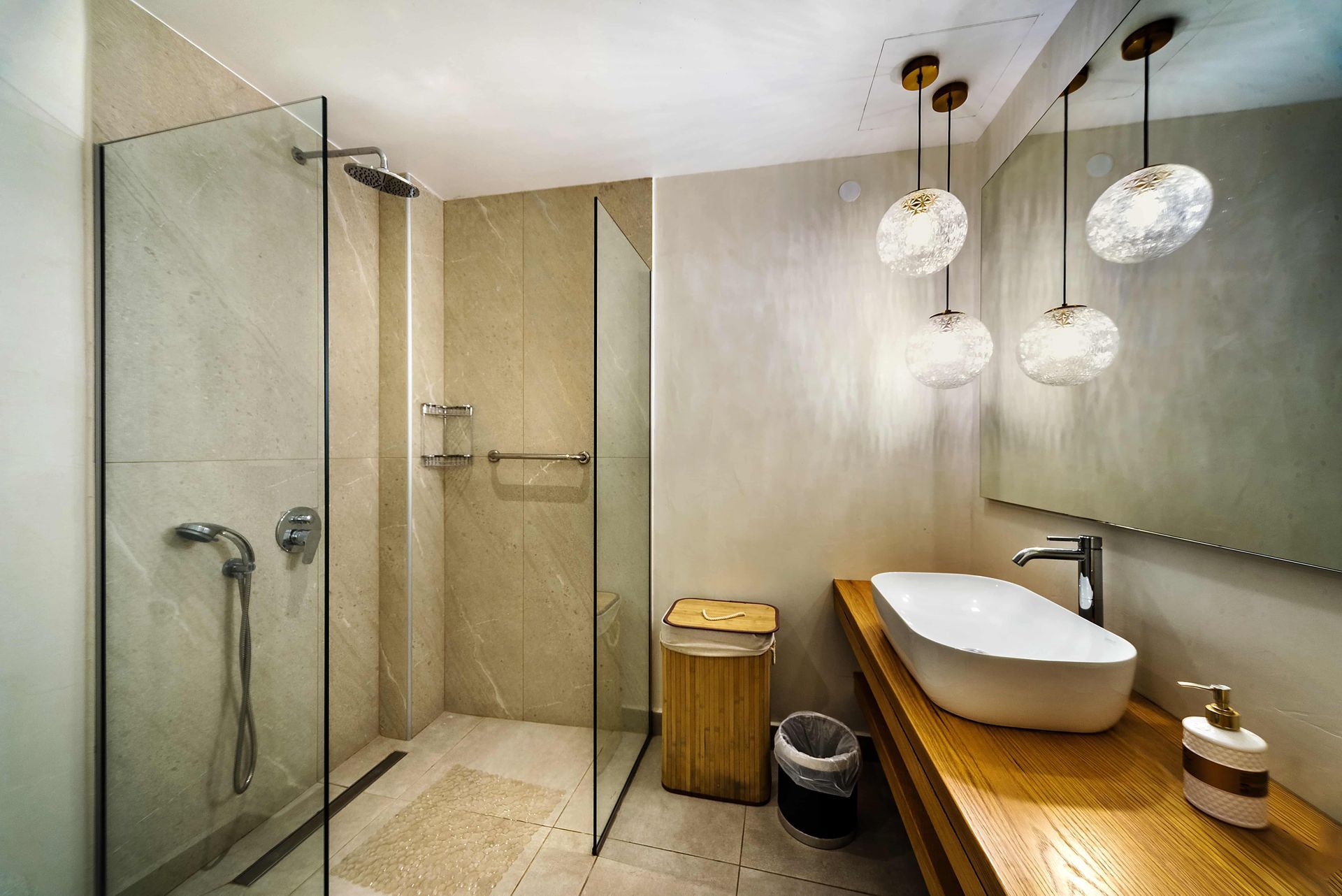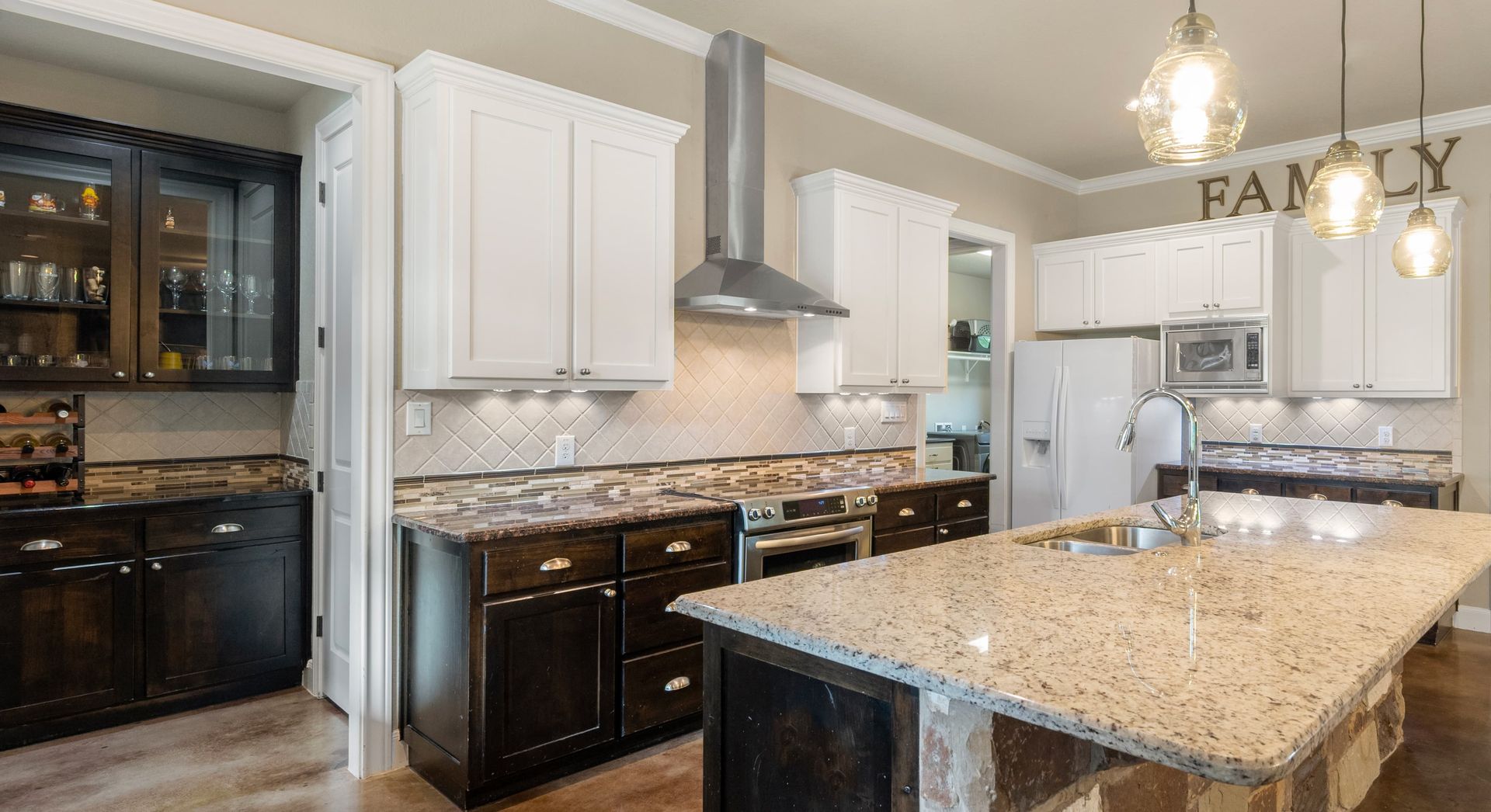When to Replace Instead of Repair: A Window and Door Checklist
Forand Remodeling
Let’s be honest—no one wakes up excited to replace their windows or doors. It’s one of those “grown-up” problems you never thought about as a kid, right? But here you are, staring at that creaky front door or fogged-up window, wondering, “Should I just repair this, or is it time to replace it?”
You’re not the only one. A lot of homes have this problem. Repairing sounds cheaper and easier, but sometimes it’s like putting a bandage on a broken bone. Other times, replacement feels like overkill when a quick fix would do the job. So how do you know which one makes more sense?
Here’s how to know it’s time to replace instead of repair:
- The frame is rotten, warped, or cracked
- The glass is foggy or broken in multiple panes
- You feel drafts even when it’s shut
- Opening/closing it is a daily workout
- Your energy bills are creeping higher every month
In this article, we’ll walk through an easy checklist you can follow to make the smartest (and most budget-friendly) choice. We’ll talk about signs to watch for, what repairs are worth it, and when it’s better to stop patching and start fresh. Sound good? Let’s go.
Window and Door Checklist: Repair or Replace?
Alright, let’s roll up our sleeves. Here’s your go-to checklist for deciding whether to give that window or door another chance—or show it the door. (Pun totally intended.)
Physical Damage: How Bad Is It?
Physical deterioration is one of the clearest signals that it could be time to replace something instead of fixing it. We’re talking rot, cracks, or warping.
Windows
Wooden window frames, especially, are guilty of rotting over time. If you poke the frame with a screwdriver and it sinks in easily—yep, that’s rot. Cracks in the glass or frame can also mean bigger problems like water damage or mold.
Doors
If your door is cracked, warped, or sagging, that’s more than just an eyesore. It could be letting in air, bugs, or moisture—none of which belong in your home.
Small cracks or rot might be patchable, but if more than 25% of the door or frame is damaged, replacement is the safer bet.
Drafts and Air Leaks
Can you feel air seeping in around your window or door, even when it’s shut tight? That’s not just annoying—it’s costing you money.
The Draft Test
Get a candle going and guide it along the door or window frames. A sign of an air leak would be a flickering or extinguishing flame.
Fix or Replace?
Repair: If it’s a small leak or the weather stripping is worn, a quick fix might do the trick.
Replace: If you’ve tried sealing and it still leaks, or if your frame is warped, replacement will save you more in the long run.
Quick Tip: Your heating and cooling costs could drop by up to 25% just by upgrading to energy-efficient windows and doors. That’s not pocket change!
Foggy or Broken Glass
Double-pane or triple-pane windows are great—until they’re not. When the seal breaks, moisture sneaks in between the panes, causing that cloudy or foggy look.
Here’s where a table might help:
| Condition | Repair or Replace? | Why? |
|---|---|---|
| Small crack in single-pane glass | Repair | Cheap and easy fix |
| Foggy double-pane window | Replace | Seal failure can’t be reversed |
| Broken glass in a storm door | Repair or Replace | Depends on age and extent of damage |
| Several panes are cracked/foggy | Replace | More cost-effective than piecemeal fixes |
Foggy glass is a sign that your window’s insulation isn’t working anymore. If energy savings matter to you, it’s probably time to upgrade.
Operation: Is It a Workout?
If your windows or doors don’t open or close smoothly, that’s not normal. It’s also not something you should ignore.
Common Problems
- The window doesn’t stay open
- Door scrapes the floor
- Locks don’t latch properly
- You have to push, kick, or wrestle it closed
These might seem minor, but they can be signs of deeper issues like warping, foundation settling, or frame damage.
When It’s Time to Replace
If you’re constantly battling your door or window like it’s a gym session, you’re better off replacing it. Not only will it be easier to use, but it’ll also make your home safer and more secure.
Stuck windows can be a fire hazard. If they don’t open easily, they could block your emergency exit route.
Energy Efficiency and Rising Bills
Ever feel like your home is leaking money through the cracks? That’s basically what’s happening if you’ve got old, drafty windows or doors.
Signs You’re Losing Energy
- You feel hot or cold spots near windows/doors
- Your HVAC system is working overtime
- Your energy bill keeps rising, even though your usage hasn’t
Why Replacing Pays Off
Newer windows and doors often come with Energy Star ratings, which means they’re designed to keep your home comfortable without sucking up all the energy.
Replacing old windows with energy-efficient ones can save you $126–$465 a year on your energy bill, according to the U.S. Department of Energy.
Style and Curb Appeal
Okay, maybe your window technically “works” but looks like it time-traveled from 1974. No judgment—but if you’re planning to sell your home or want a refresh, new windows and doors can give your home a facelift.
When Looks Matter
If your door is faded, cracked, or just plain ugly, it can lower your home’s curb appeal and even resale value.
Replacing your front door can give you a 74% return on investment. That’s one of the best ROI home improvement projects around!
Security Concerns
Last but definitely not least: safety.
If your door is flimsy or the lock mechanism is busted, it’s an open invitation to intruders. The same goes for old windows that no longer lock or seal properly.
Upgrade for Peace of Mind
Modern doors and windows often come with enhanced security features—like multi-point locking systems, shatterproof glass, and reinforced frames.
If you’re not confident that your doors and windows would hold up during a break-in, replacement is the safer option. Your safety is worth it.
Conclusion
You’ve got enough going on in life without having to worry about your windows or doors. But here’s the thing: knowing when to stop repairing and start replacing can save you money, time, and a whole lot of stress.
So let’s recap…
Replace your windows or doors if:
- They’re damaged or rotting
- You feel drafts, even when closed
- The glass is foggy or cracked
- They’re hard to open or close
- Your energy bills are rising steadily
Sometimes a repair is fine, but when it’s not, replacement can actually be the smarter, more cost-effective move.
If you’re unsure, don’t guess—get a professional opinion. At Forand Remodeling, we’re here to help you figure it out with zero pressure and honest advice.
FAQ
How long do windows and doors usually last?
Most windows last 15–30 years, while exterior doors can last 20–40 years, depending on the material and care.
Can I replace just one window or door?
Yes, but if several are having issues, it’s often more cost-effective to replace them all at once.
What’s cheaper: repairing or replacing?
Repairing is cheaper upfront, but replacing can save you more money over time through energy efficiency and fewer future repairs.
How do I know if my door is energy efficient?
Look for Energy Star labels, a tight seal when closed, and multi-pane glass if it has windows. Drafts are a red flag.
Can I DIY window or door replacement?
You can, but unless you’re experienced with this type of work, it’s usually better (and safer) to leave it to professionals.


